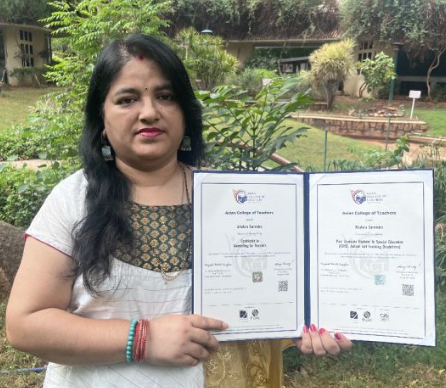Detection of synthetic colours in sweet confectioneries by UV-Visible spectroscopy
Abstract
Food adulteration, particularly through the addition of synthetic colours or any other harmful substances, causes significant health risks globally. Synthetic colours, used to enhance the visual appearance of food products, can be potentially harmful if consumed above permissible limits. This study investigates the prevalence of synthetic colours in sweet confectioneries through UV-visible spectroscopy. Samples collected from rural areas were analyzed to detect both permitted and non-permitted colours including tartrazine, amaranth, malachite green, orange G, and rhodamine B. Results revealed that out of 30 samples tested, 7 contained synthetic colours, with 5 samples showing nonpermitted colours and two samples were permitted colours. The study underscores the importance of rigorous monitoring and regulation by authorities such as the Food Safety and Standards Authority of India (FSSAI) to safeguard public health against the adverse effects of food adulteration. Understanding the composition of synthetic colours in confectioneries is crucial for ensuring food safety and consumer protection.









